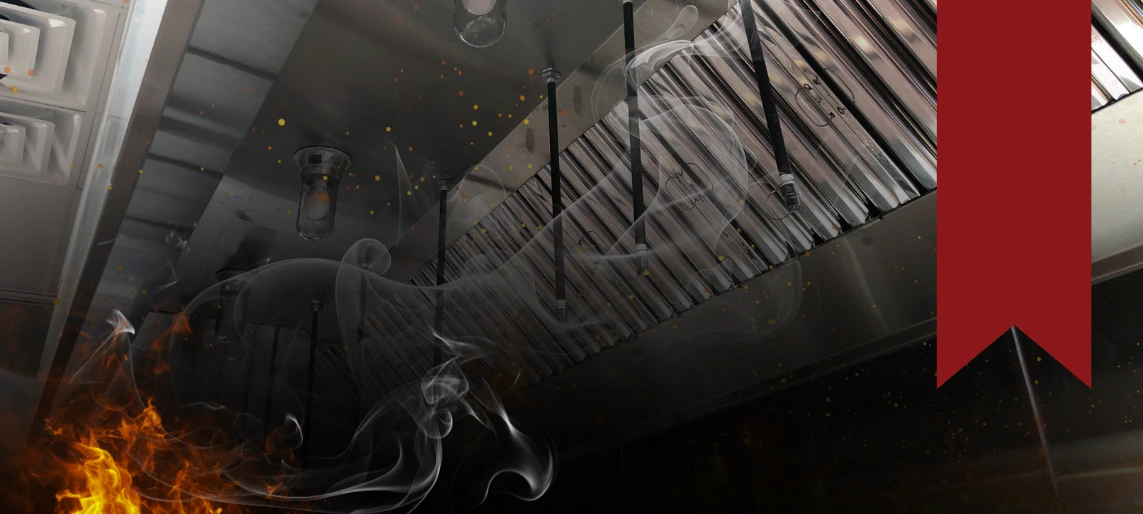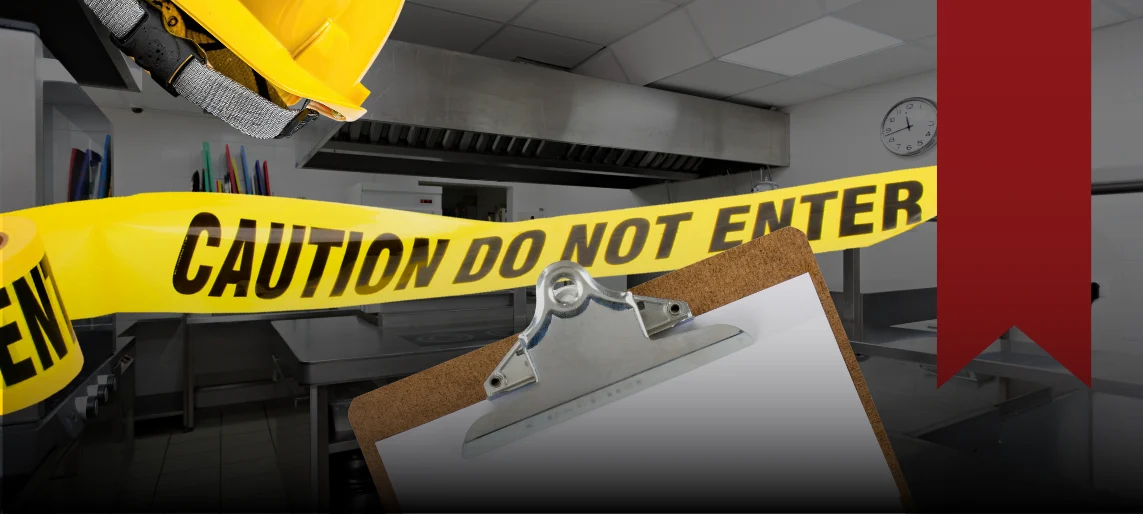
Summary
On a busy Friday night, your fryer can either keep the kitchen humming—or bring everything to a halt.
Picture this: You're halfway through the day. The oil is already murky, the wings are slow to crisp, and the fries are starting to taste like fish. You don't have time to troubleshoot; orders are backed up, and the team is juggling tasks to stay on pace.
This is where your equipment matters. The proper fryer setup helps you maintain consistent orders, keep the oil clean, and prep running on time. Before you invest, it's worth comparing your options to find the one that fits your kitchen's pace and priorities.
Key Features to Prioritize
A good fryer does more than get hot. It should help your kitchen run smoothly. When comparing options, keep an eye on:
- Tank capacity: Make sure it matches your output, especially during peak times
- Recovery time: Faster recovery means less waiting between batches
- Filtration system: Built-in or paired systems help extend oil life and protect flavor
- Energy source: Gas (like propane) may offer quicker heating; electric ones might suit smaller spaces
- Controls and safety: Digital timers, temperature settings, and automatic shutoffs can reduce waste and risk
Matching Fryers to Use Cases
Every kitchen runs differently. A food truck, a restaurant, and a cafeteria won't need the same setup. Here's a quick breakdown:
- Countertop fryers work best for small batches or backup support
- Floor fryers are built for volume and quick turnaround
- Split pot fryers help keep allergens and flavors separate
- Pressure fryers are ideal for dense items like bone-in chicken or hush puppies
Start with your menu. Then, think about speed, space, and cross-contamination.
Comparing Fryer and Oil System Suppliers
Not all suppliers offer the same specs, warranties, or service standards. As you evaluate brands:
- Ask about filtration compatibility (some offer integrated systems)
- Look at replacement part availability and long-term support
- Compare warranty lengths and what's covered
Don't just look at the sticker price. Reliability, response time, and access to repair matter just as much.
Material and Durability Considerations
The material of your fryer impacts everything from heat retention to cleaning. Most commercial units use:
- Stainless steel for durability, corrosion resistance, and NSF compliance
- Aluminum for budget setups, but often less durable over time
Look for heavy-gauge construction, easy-to-clean surfaces, and insulated tanks that hold heat efficiently.
How to Gauge Frying Quality
The real test? The food.
- Crispness without greasiness is your top sign of proper temperature and timing
- Even golden color points to clean oil and a balanced setup
- No flavor transfer means your oil and filtration systems are doing their job
And, of course, clean oil smells neutral, not burnt or fishy.
Are You Looking at Different Options?
If you're still deciding what fryer setup fits your kitchen best, it might be worth considering a commercial propane deep fryer. Propane models heat quickly, recover fast, and are especially helpful in spaces with limited electrical capacity or mobile setups. They’re a strong option for kitchens that need reliable performance during peak service.
We explore these benefits in our article on propane deep fryers and oil systems.
Read: How to Choose the Best Commercial Propane Deep Fryer
Choosing the Right Fit
There's no one-size-fits-all fryer. What matters is finding the right balance of speed, control, and quality—for your kitchen.
Need help comparing models or matching fryers to your current line? We're here to help you find the right fit—and make sure it lasts.
FAQs
Which metal lasts the longest for a fryer?
Stainless steel is the most common choice in commercial kitchens due to its durability and resistance to corrosion, especially when cleaned regularly.
How do you determine the quality of deep-fried food?
Look for light, crisp texture with no sogginess or oil saturation. Uniform color, neutral smell, and a clean bite are key indicators.
How do prices vary by size and durability?
Larger tanks and faster recovery systems cost more upfront but may save money over time through lower oil turnover and fewer service delays.
How can you tell the quality of frying oil?
Fresh oil is light in color and odorless. As it degrades, it darkens, smells burnt, and starts to foam. Filtration systems help extend usability.









